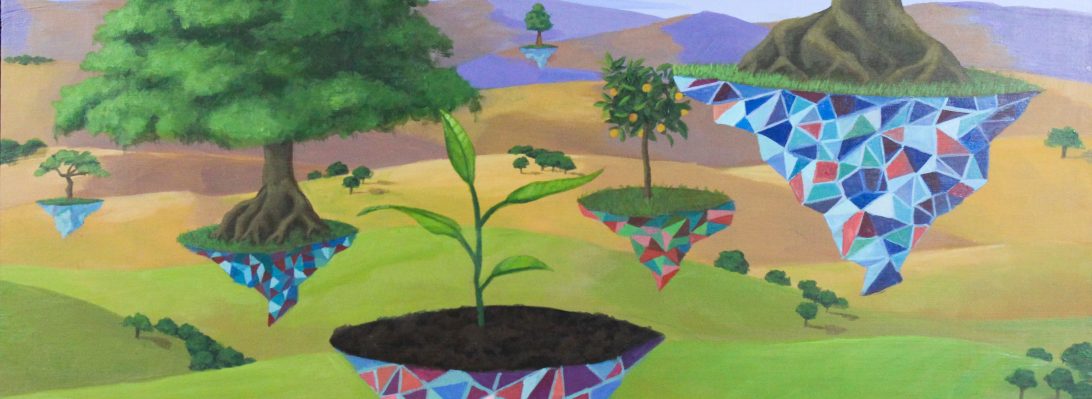
For a collective of community members and Ohio State students, dance is the key to cultural preservation. Álvaro Lozano and Maria Patiño are members of Folclor Hispano, a group at the Ohio State University dedicated to performing traditional dances from Spanish-Speaking countries. The organization highlights the uniqueness within Latin America by showcasing dances from Argentina, Bolivia, Chile, Colombia, the Dominican Republic, Mexico, Puerto Rico, Peru, and Spain.
Folclor Hispano, born in March of 1990, is rooted in the Columbus community. The group initially focused on Mexican dance and shared the country’s regional bailes at festivals and schools throughout Columbus. In 1997, inspired by passionate students, faculty, and staff, the group became part of the Ohio State University, where it remains open to students and community members alike. Now, Folclor Hispano boasts a broad range of Latin American dances that reflect the diversity of its members.
Maria Patiño is an elementary school teacher on the West Side of Columbus who became involved with Folclor Hispano shortly after moving to Columbus a few years ago. A student at Ohio State, Álvaro Lozano encountered the Folclor booth at the student involvement fair and just knew that his participation “was meant to be.” Both Lozano and Patiño took time out of their busy schedules to meet and share their stories finding dance, performing dance, and teaching dance. Their attention to this art form is about more than just movement and music, it is about cultural sharing and education:
Coming to Columbus by way of chance:
🎧 Listen (2:12)
Lozano: “Growing up in not the best household, it was nice to have this fresh start where I could separate myself a bit and discover who I am as a person. So, traveling out of state was like distancing myself and taking a big step into my future.”
◈
Patiño: “I guess I made my way to Columbus by chance. My partner and I, we originally met in California… With his program he needed to find an internship so we ended up at the University of Michigan for a year… I’ve kind of taken on in the last couple years this free spirit of traveling wherever I feel like going, and that’s how by chance we ended up here.”
Finding dance and sharing culture:
🎧 Listen (5:44)
Lozano: “My mom says that I have, ‘Sangre de charro.’ She says literally her grandpa used to ride into town in Mexico, on a horse, wearing the full suit. And she’s like ‘I don’t know where you got it from, it must have skipped two generations, but you’ve got it…’ At nine, I became a professional dancer with this group based out of Elgin [Illinois]… It was a full time job, but honestly, I fell in love with it… It’s something I haven’t been able to give up, even coming to college… I can’t imagine my life without dance.”
◈
Patiño: “Every part of Latin America is unique. And I feel like that’s our job to be able to go out to the community and educate them on dance. It’s a fun way for them to see how beautiful our culture is, all of our cultures… Last year was the first time I did this dancing with the community… [My elementary students] got to have the experience I had when growing up, of being part of performing arts and to connect with their culture in a way that is positive and that is fun.”

The difference in style and beat:
🎧 Listen (3:07)
Lozano: “Some things, I’ll look at them, think about them for a second… for the Mexican dances, I have the rhythm in my head already. Then, when it comes to other dances, even though I’ve been dancing for years, sometimes I can’t do it… A lot of the Afro-Latino influences where you need to use [your] hips…my hips are compulsive liars!”
◈
Patiño: I personally struggled with the Flamenco dancing we’re doing. Mostly, I can do the armwork just fine… but the twisting of your wrists very intricately… I can’t do that to save my life… You’re getting challenged to do something completely different, that’s how I would describe doing different dances.
Systematic reform in education for Latinos:
🎧 Listen (2:06)
Patiño: “Especially now that we have such a large population of bilingual students, newcomer students, and students who are refugees from Central America or any part of Latin America coming here. Their first experience in education in United states is going to be here in Columbus, Ohio. So I really see the importance of moving our education system to having more structured English immersion classes, dual-immersion classes, and something to really embrace the diversity that’s growing here.”
◈
Lozano: “I think it’s really important in a community that’s developing to realize the fact that we have a chance to re-write history through our perspective.”







